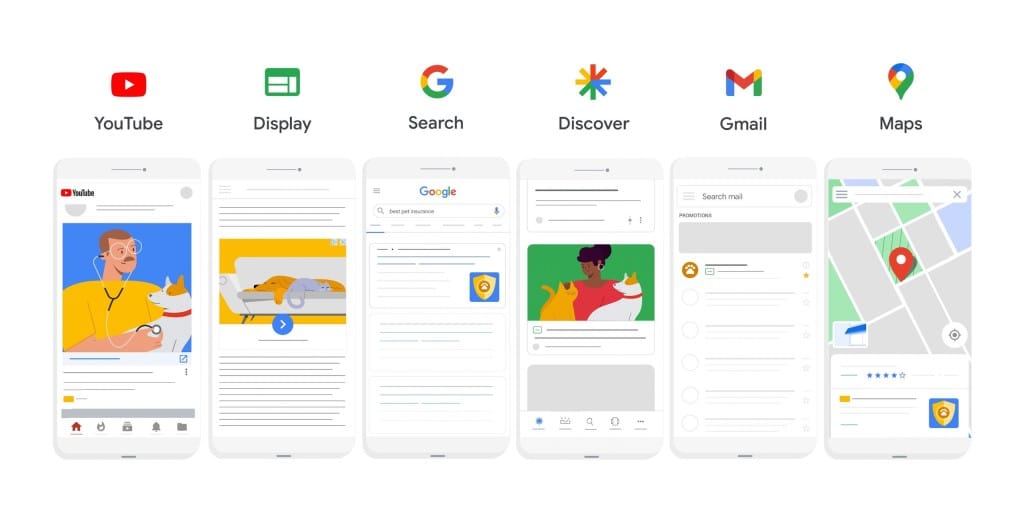Generative AI platforms (such as ChatGPT, Perplexity, and Gemini) have become increasingly prevalent in recent years, reshaping the ‘search funnel’ and shifting the focus on marketing and brand-visibility strategies (1).
Digital advertising is expanding beyond targeting just the search bar, into imagery (Google Lens), long-form text generation (AI Overviews and AI Mode) and more dynamic forms of engagement (AI Max), leaving a question in everyone’s mind: With disruption becoming ever-present, how do we keep up?
Why We Need Advertising Ecosystems
Consumers today spend more time online than ever, expecting authentic, personalised, and culturally relevant messaging. Brands now face the challenge of building a strong ecosystem of influence and familiarity across social media, native digital advertising, influencer voices, product reviews, and more (2).
Relying exclusively on one advertising channel is a very real and concerning risk for brands. It’s like trying to row a boat with one oar. It’s unstable and inefficient, and it drags down the rest of your marketing strategy.
How to Build an Ad Ecosystem
Let’s take Google’s ecosystem as an example. Users no longer rely solely on search; they explore YouTube, shopping channels, social platforms, and remarketing touchpoints. Each network works adequately alone, but best when connected to the others.
This is where AI Max, Performance Max, Search, Display, and Demand Gen campaigns shine. They each feed into each other to amplify your brand presence and performance:
- Display: Maintains visibility and drives consideration through remarketing and broad audience prospecting.
- Demand Gen: Builds awareness and influence across YouTube, Discover, and Gmail, which is essential for creating demand before the search even begins.
- Performance Max: Unifies these efforts, allowing Google AI to allocate spend dynamically across all surfaces to maximise efficiency and reach.
- Search, including AI Max: Captures high-intent users at the bottom of the funnel when they’re ready to convert
When you rely on a single channel, your audience shrinks, costs rise, and your share of voice diminishes. Competitors leveraging ecosystem strategies will outbid, outlearn, and outpace you with every impression.

With the introduction of AI Overviews and AI Mode, Google’s ad-enabled surfaces allow marketers to target their audiences at any stage of their journey.
Where to Start: AI Max
It’s easy to feel overwhelmed by the number of networks and campaign types, but the key is to start simply and strategically. Using AI Max through Google Search Ads is a strong first step. It helps connect networks, unify insights, optimise campaigns across formats, and deliver seamless, contextually relevant experiences, turning fragmented touchpoints into a cohesive, measurable journey.
For more on AI Max, read our deep dive by our Performance Media Executive, Brayden Zuin, here.
Could Ecosystem Advertising Work for Your Brand?
Digital marketers can no longer afford a “single-oar” strategy. The brands winning today leverage the full funnel—from intent capture to demand creation—with campaigns that feel seamless, native, and measurable across every Google surface.
Speak with our Senior Strategists today to see how your business can use the Google ecosystem to drive measurable results.
Footnotes
1. Purnell, 2025
2. McKinsey, 2025
